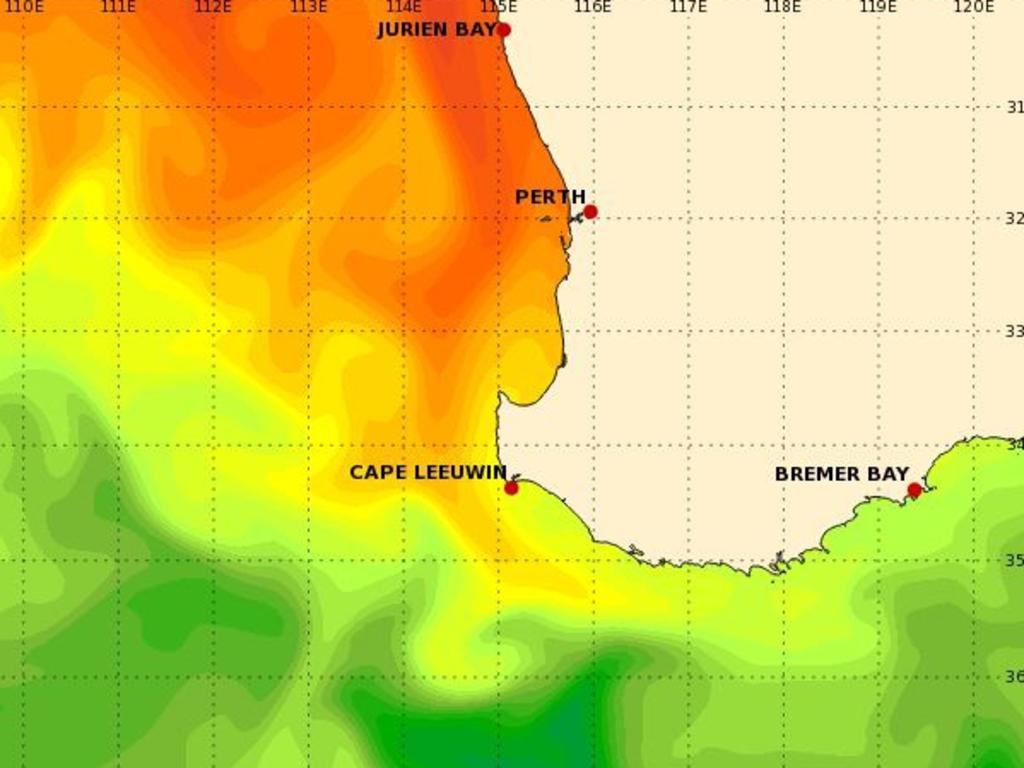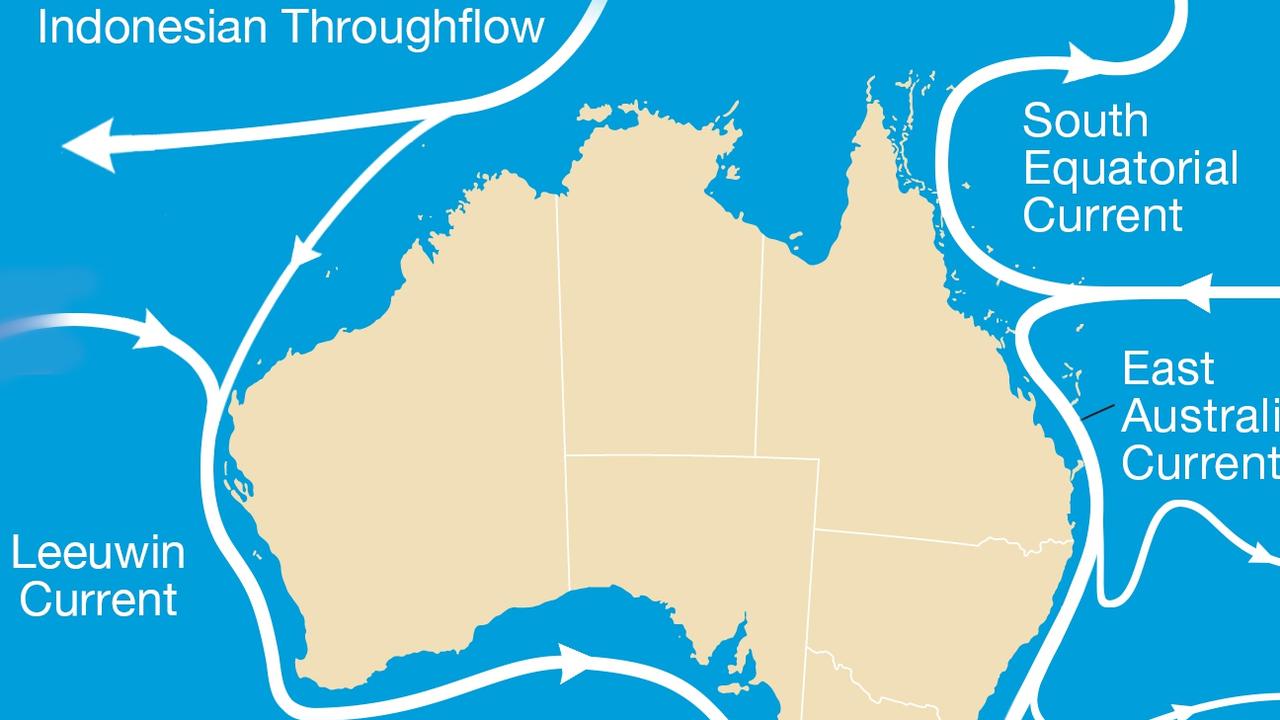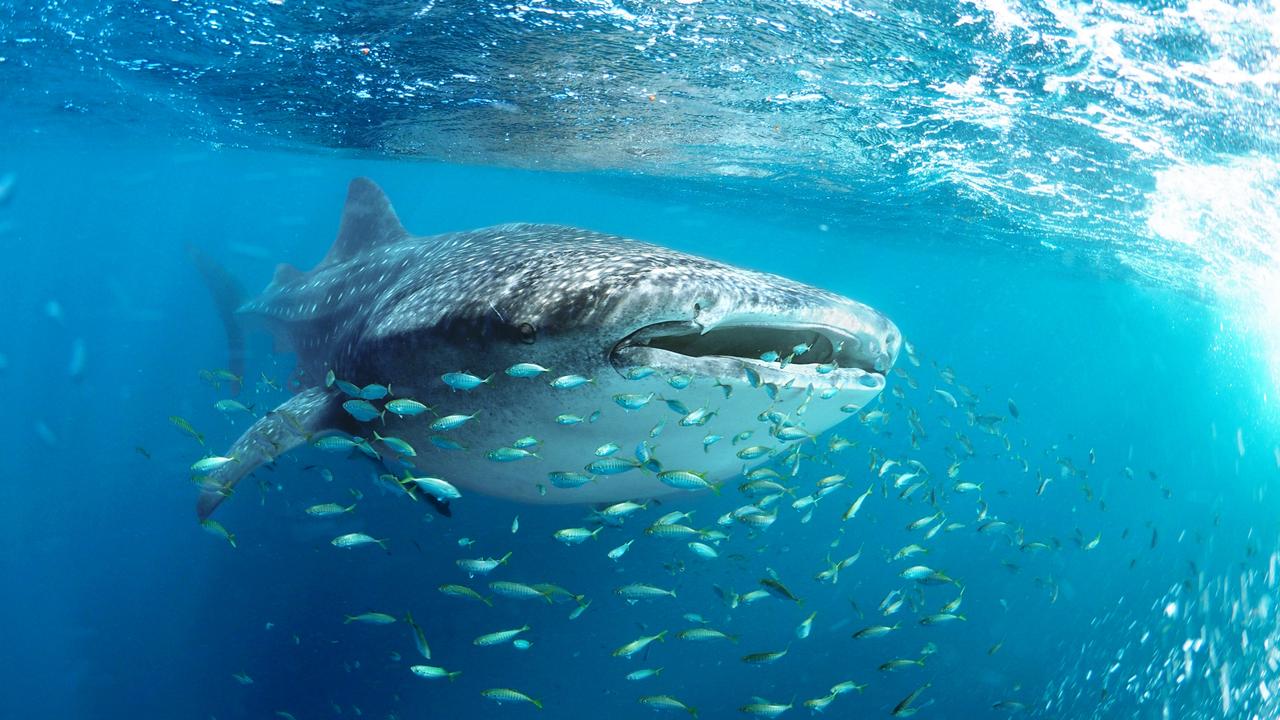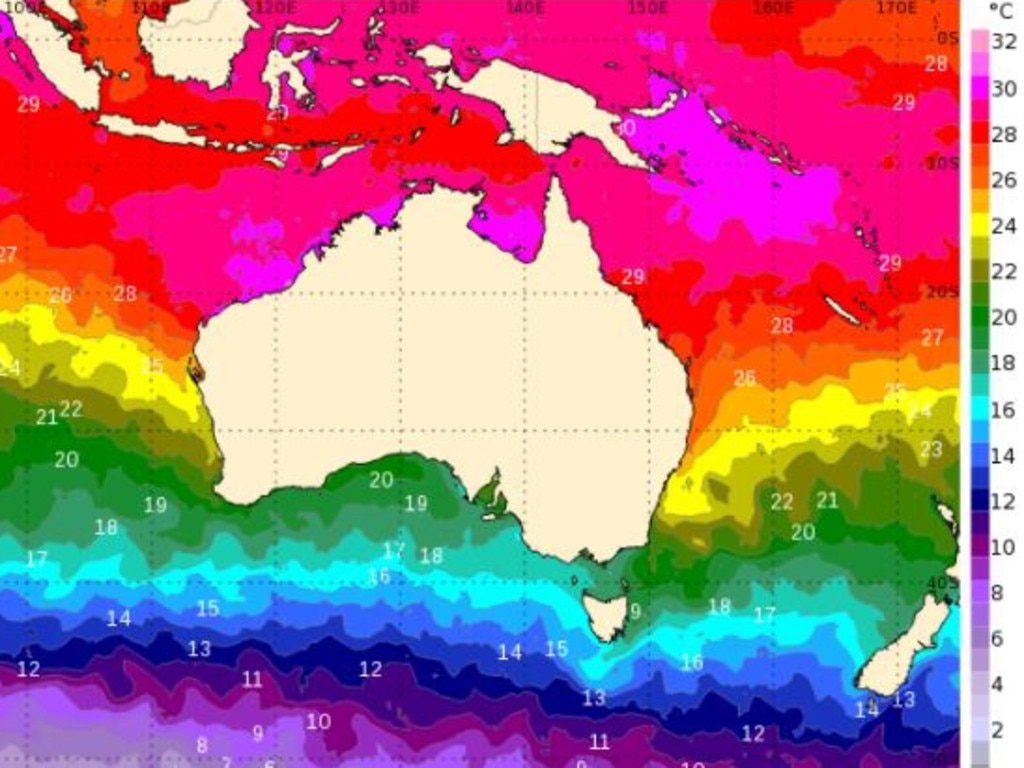Ningaloo Nino: The climate phenomenon worrying scientists
It never used to happen, then it was every decade. Now climate watchers are concerned about a damaging weather event around Australia.
A rare and potentially damaging climate phenomenon has caused temperatures to soar in the waters off the Western Australia coast.
It’s partly down to the La Nina climate driver – but it’s having a different effect in Australia’s west to its east.
Climate scientists have said there is a “growing risk” from these so-called Ningaloo Ninos in years to come as they can damage coral and marine species and drive hot air onto land.
The La Nina climate driver has generally brought more moisture and cooler temperatures to Australia’s east this summer.
But its effects usually don’t bother much of Western Australia. Indeed, scorching heat has been the hallmark summer weather of the west this year.
Perth has seen a series of blistering heatwaves. Over the New Year period, the city saw 13 days straight of temperatures higher than 30C. In December there were three days where the maximum didn’t dip below 40C.

The seas off Western Australia have also been experiencing a heatwave of their own. The Bureau of Meteorology (BOM) has reported that sea surface temperatures off the WA northwest coast were 2.5C warmer than average and 3C higher in the ocean off central parts of the state.
The blame lies, in part, with La Nina. But what’s remarkable is that effect is being felt so far away from the Pacific which is the climate driver’s usual stomping ground.
The La Nina is one of the three phases of the El Nino Southern Oscillation (ENSO), the other phases being El Nino and neutral.
The ENSO is a measure of sea surface temperatures and winds in the Pacific Ocean. A La Nina is caused by cooler waters in the central and eastern equatorial Pacific being hauled up to the surface while strong winds push warmer seas towards Australia.
That aids in the creation of clouds and so more moisture and windier conditions for the east of the continent.
But raised sea levels, due to La Nina, has seen some of that warm water escape the east and, during the summer, make a beeline for the west of the continent.
RELATED: Autumn weather outlook – more rain for the east

JOURNEY TO BECOMING NINGALOO NINO
First it flowed through the gaps in the Indonesia archipelago and then it headed down the WA coast.
In the vicinity of the UNESCO world heritage listed Ningaloo Coast, near the town of Exmouth, this water met the Leeuwin Current. Together, the pair have been causing maritime mayhem.
The Leeuwin Current is named after Cape Leeuwin, the most south westerly point of mainland Australia, located about 50 kilometres south of Margaret River.
This current funnels Indian Ocean water down the WA coast and then swing shots it around the cape where it can affect sea surface temperatures as far east as Tasmania.
Many marine species hitch rides on the Leeuwin Current across the Great Australian Bight.
This year, the warm La Nina waters have helped to turbocharge the current over summer, raising ocean temperatures and creating a marine heatwave.

Marine heatwaves are generally defined as sea surface temperatures being warmer than the long term average over a five day period.
These particular heatwaves are often called “Ningaloo Ninos”. The nickname recognises where the heatwaves often form and that they have a heating effect similar to an El Nino rather than a La Nina.
This heating can be exacerbated by other factors in WA including the collapse of sea breezes.

GROWING CONCERN
According to the BOM, the last time marine heatwaves occurred off the coast of WA was in 2012-2013 and before that in 2011-2012. Indeed, 2011 was a horror of a Ningaloo Nino which saw see temperatures skyrocket 5C above average.
That wasn’t great for the Ningaloo Reef which experienced significant coral bleaching in the warm water, the first major bleaching it had seen.
Some fisheries can wane during maritime heatwaves and seagrasses often die.
All of these Ningaloo Ninos have one thing in common – they coincided with a La Nina.
These maritime heatwaves can also lead to increased temperatures in land as wind blows in from the clean.
A report by the Monash University Climate Change Communications Research Hub stated there was a “growing risk” of more marine heatwaves due to the rising overall temperature trend.
While bleaching had not been as bad as in 2011 this year, the increase in temperatures means its becoming more of a common event.
“The observations show us that, over the past 40 years, waters around the Ningaloo Reef have warmed much faster than most other surrounding Australian waters in summer”, said Monash Associate Professor David Holmes.
“Climate projections suggest that more frequent and intense marine heatwaves can be expected in the future.”
The La Nina climate driver has now passed its peak, meteorologists have said, and the ENSO could well swing back into neutral conditions around May.
However, its effects will continue to be felt for the next couple of months.
That will mean continued rain for the east coast while the west can expect its rare Ningaloo Nino to linger for a little longer.




